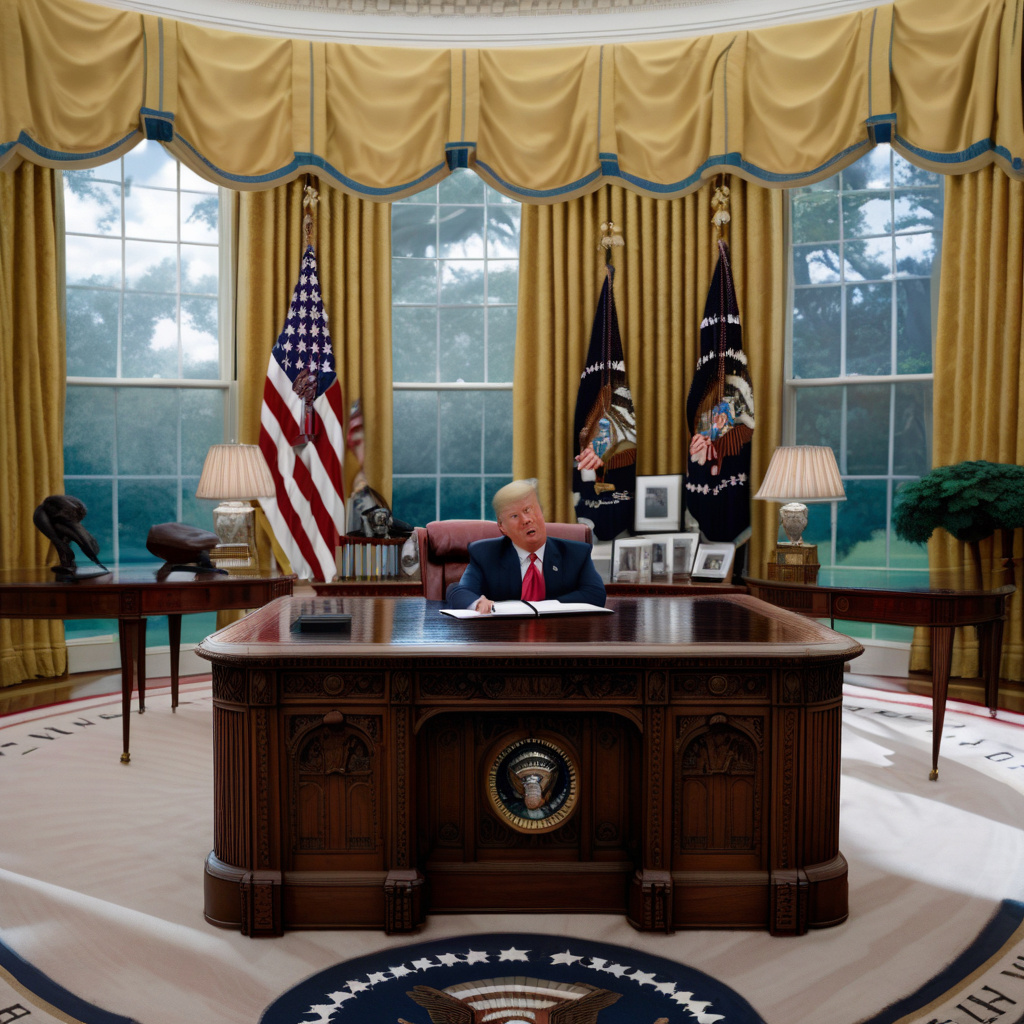In a recent turn of events, President Trump has directed his attention towards Apple, issuing a bold ultimatum that could potentially reshape the landscape of tech manufacturing. The threat of imposing a hefty 25% tariff on iPhones produced outside the United States has sent ripples across the industry, sparking conversations about the intricacies of global supply chains and the impact of such a policy shift.
This move signifies a significant escalation in the ongoing trade tensions, as the tech giant finds itself at the center of a political crossfire. If implemented, the tariff could result in a substantial increase in the cost of iPhones for consumers in the U.S. This, in turn, may lead to a domino effect on Apple’s market share, profitability, and overall competitiveness in the industry.
The implications of such a decision extend far beyond Apple’s balance sheet. It raises broader questions about the feasibility of reshoring manufacturing operations in an increasingly interconnected world. While the idea of boosting domestic production holds appeal from a nationalist standpoint, the practicalities are far more complex.
Shifting the production of a complex device like the iPhone to the U.S. involves more than just setting up assembly lines. It requires a robust ecosystem of suppliers, skilled labor, infrastructure, and regulatory support. Such a transition is not something that can be accomplished overnight, and the costs involved could be substantial.
Moreover, the globalized nature of modern supply chains means that components for products like the iPhone are sourced from multiple countries. A tariff on iPhones assembled in China, for instance, could impact not only Apple but also numerous suppliers across Asia and beyond. This interconnected web of dependencies underscores the interwoven nature of the global economy.
For Apple, navigating these turbulent waters will require a delicate balancing act. The company has built its brand on a reputation for innovation, quality, and design excellence. Any disruptions to its manufacturing processes could potentially jeopardize these core values, eroding consumer trust and loyalty in the process.
At the same time, Apple must also contend with the political pressures and economic realities of the day. The specter of tariffs looms large, adding an additional layer of uncertainty to an already volatile market environment. How Apple chooses to respond to these challenges will not only shape its own destiny but also set a precedent for how tech companies navigate the choppy waters of geopolitics.
In conclusion, the threat of a 25% tariff on iPhones made outside the U.S. serves as a stark reminder of the intricate dance between technology, trade, and politics. As stakeholders watch this high-stakes drama unfold, one thing remains clear: the decisions made today will have far-reaching implications for the future of the tech industry and beyond.

